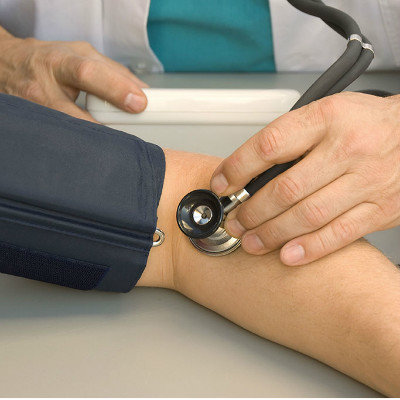How to diagnose atrioventricular junctional premature contraction?
summary
Atrioventricular junctional premature contractions, referred to as junctional premature contractions or nodal premature contractions, are ectopic excitations originating from the atrioventricular junction. It is generally believed that the atrioventricular node is not autonomic, and it is not wrong to think that the atrioventricular junction premature contraction originated from the atrioventricular node. Borderline rhythm and other ectopic rhythm can also be divided into passive and active. How to diagnose the atrioventricular junction premature contraction?
How to diagnose atrioventricular junctional premature contraction?
Passive interdisciplinary rhythm is a physiological phenomenon, which occurs because sinus excitations can not be transmitted to the junction area for a long time, so a certain part of the junction area is "forced" to emit excitations. This kind of passive rhythm mostly occurs in: sinus arrest, sinus bradycardia with long sinus pause, incomplete atrioventricular block and so on.

If a junctional beat occurs at a certain rhythm point in the atrioventricular junction area, it is called junctional escape beat. If a series of consecutive junctional beats occur, it is called passive junctional rhythm, which is obviously a kind of protective beat. The mechanism of automatic borderline rhythm is completely different. Its occurrence is due to the increase of spontaneous beat at a certain rhythm point in the atrioventricular junction. Under normal circumstances, the rhythm point in the atrioventricular junction is slower than the sinus nodule rhythm. If the rhythm is faster than the sinus rhythm, it is called automatic borderline rhythm, so it is also called borderline tachycardia. The occurrence of spontaneous borderline rhythm is often due to pathological conditions in the junction area. Patients can be generally manifested as palpitations, chest tightness, shortness of breath, fatigue, decreased activity tolerance.

Electrocardiographic characteristics of ectopic activation in atrioventricular junction: QRS complex is controlled in atrioventricular junction, QRS complex is normal in shape, and compensatory intermittence is complete. At the same time, ectopic stimulation also reversely activated the atrium to form retrograde P wave. At this time, P wave can be in front of QRS complex, and P-R interval is absolutely less than 0.12 seconds. P wave can also be hidden in the QRS complex. At this time, the QRS complex is abnormal. P wave can also be located after QRS complex, but R-P interval should be less than 0.20 seconds.

matters needing attention
Electrocardiographic characteristics of non paroxysmal borderline tachycardia: ① most of the heart rates are at 70? 120 times / min; ② Since the activation of the junctional area controls the ventricle, the QRS wave is the same as sinus rhythm; ③ Positive or reverse P-wave can appear, and the position of P-wave can be in front of, behind or overlapped with QRS wave. For example, before QRS wave, P-R interval is absolutely less than 0.12 seconds; ④ There were various forms of atrial fusion wave and QRS wave rhythm. The QRS complex may be widened when the ventricular differential conduction occurs. Atrioventricular junctional premature contractions usually need no treatment. We should actively treat the primary disease, improve the excitability of sinoatrial node and atrioventricular conduction, such as atropine or isoproterenol. If the ventricular rate is slower than 45 beats / min, pacemaker should be used.


















